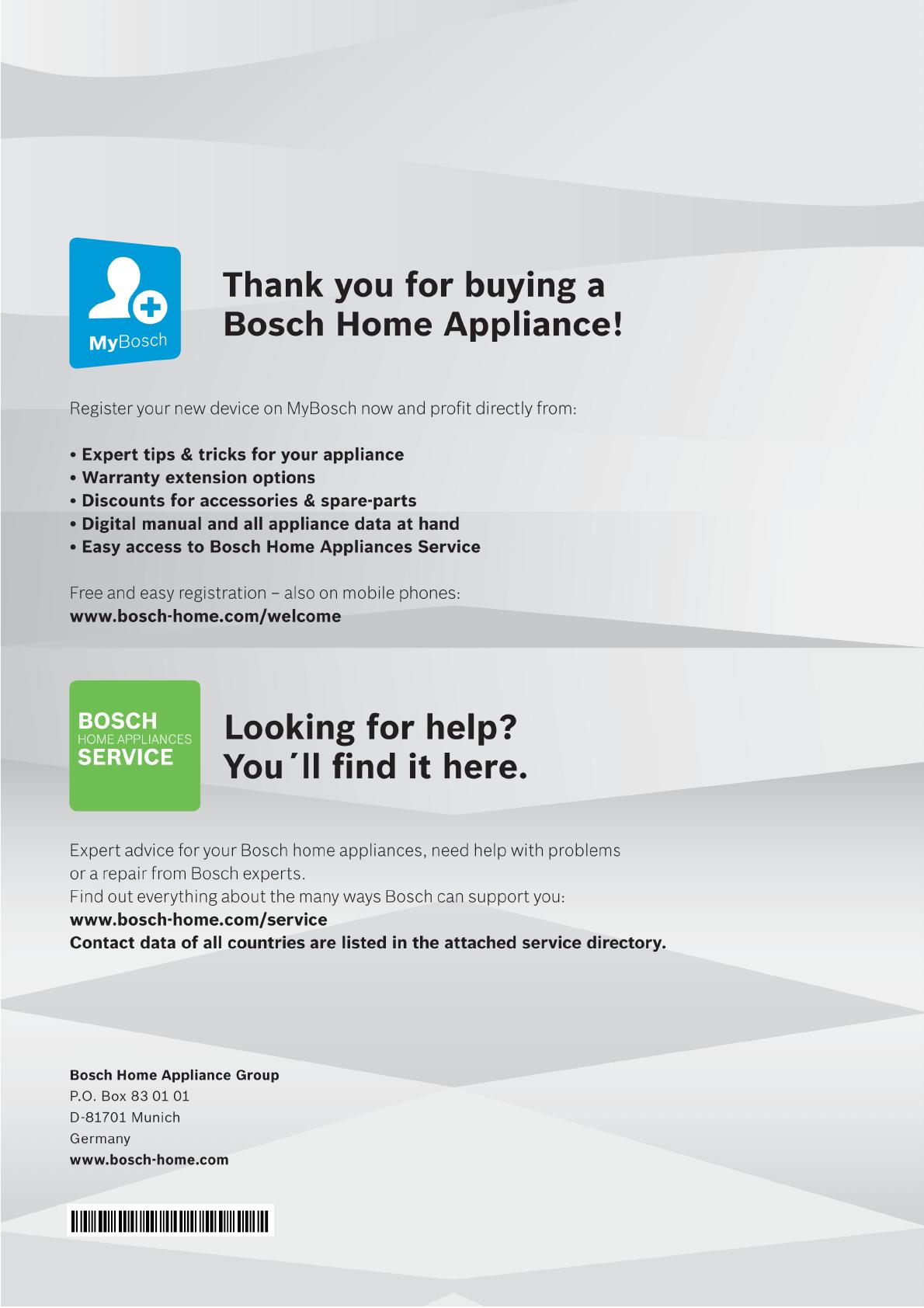Bosch KAN93VL30N/02 User manual and assembly instructions
- Category
- Fridge-freezers
- Type
- User manual and assembly instructions
This manual is also suitable for
The Bosch KAN93VL30N/02 fridge-freezer offers a range of features to keep your food fresh and organized. With its spacious 364-liter capacity, you'll have ample room for all your groceries. The freezer compartment includes three drawers for frozen food storage, while the refrigerator compartment features adjustable shelves, door balconies, and a fruit and vegetable crisper. The fridge also comes equipped with super cooling and freezing functions for rapid cooling or freezing of food items. Additionally, the LED light provides clear visibility inside the appliance.
The Bosch KAN93VL30N/02 fridge-freezer offers a range of features to keep your food fresh and organized. With its spacious 364-liter capacity, you'll have ample room for all your groceries. The freezer compartment includes three drawers for frozen food storage, while the refrigerator compartment features adjustable shelves, door balconies, and a fruit and vegetable crisper. The fridge also comes equipped with super cooling and freezing functions for rapid cooling or freezing of food items. Additionally, the LED light provides clear visibility inside the appliance.




















-
 1
1
-
 2
2
-
 3
3
-
 4
4
-
 5
5
-
 6
6
-
 7
7
-
 8
8
-
 9
9
-
 10
10
-
 11
11
-
 12
12
-
 13
13
-
 14
14
-
 15
15
-
 16
16
-
 17
17
-
 18
18
-
 19
19
-
 20
20
Bosch KAN93VL30N/02 User manual and assembly instructions
- Category
- Fridge-freezers
- Type
- User manual and assembly instructions
- This manual is also suitable for
The Bosch KAN93VL30N/02 fridge-freezer offers a range of features to keep your food fresh and organized. With its spacious 364-liter capacity, you'll have ample room for all your groceries. The freezer compartment includes three drawers for frozen food storage, while the refrigerator compartment features adjustable shelves, door balconies, and a fruit and vegetable crisper. The fridge also comes equipped with super cooling and freezing functions for rapid cooling or freezing of food items. Additionally, the LED light provides clear visibility inside the appliance.
Ask a question and I''ll find the answer in the document
Finding information in a document is now easier with AI
in other languages
- italiano: Bosch KAN93VL30N/02
Related papers
-
Bosch KAN93VIFP/01 Operating instructions
-
Bosch KAN92VS30I/04 User manual and assembly instructions
-
Bosch 1101841 User manual
-
Bosch B20CS30SNS Installation guide
-
Bosch KAI93VI30M/02 User guide
-
Bosch KA93NVIFP Operating instructions
-
Bosch KAI93VI30M/02 User manual
-
Bosch KAG93AW30U/01 User guide
-
Bosch KAD93VIFPG User guide
-
Bosch KAG93AW30U/01 User manual
Other documents
-
Siemens GS32NA96/01 User manual
-
Panasonic NRB29SG2 Owner's manual
-
Siemens KA92NVS30I/07 User manual
-
Haier A3FE742CMJ User manual
-
Siemens KA92NVS30I/07 User manual
-
Fridgemaster MS91521FFB American Fridge Freezer Owner's manual
-
Siemens KA93NVL30M User manual
-
Adexa AXF498W User manual
-
Fridgemaster MS91521FFB American Fridge Freezer Owner's manual
-
Beko CNA34000 Owner's manual



















